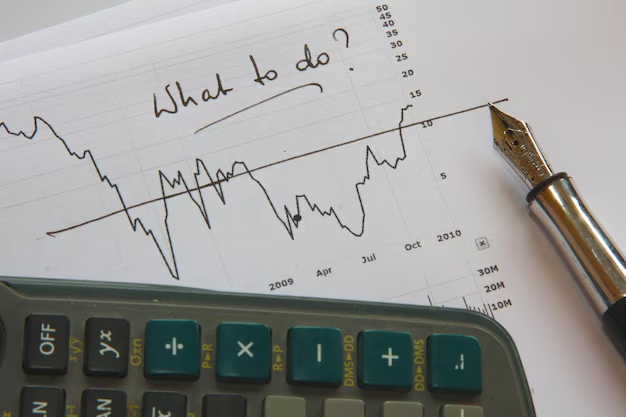Understanding the Sharpe Ratio in Options Trading
In the fast-paced world of options trading, every investor is looking for a way to maximize returns while minimizing risk. One of the tools traders use to evaluate their investment strategies is the Sharpe Ratio. Named after the Nobel laureate William F. Sharpe, this metric offers insights into the risk-adjusted return of an investment portfolio, allowing traders to understand how much excess return they are receiving for the volatility endured.
What is the Sharpe Ratio?
The Sharpe Ratio is a measure used to evaluate the performance of an investment by adjusting for risk. Specifically, it represents the average return earned in excess of the risk-free rate per unit of volatility or total risk. Here's how it's calculated:
Sharpe Ratio Formula: [ ext{Sharpe Ratio} = frac{(R_p - R_f)}{sigma_p} ]
Where:
- ( R_p ) is the expected portfolio return.
- ( R_f ) is the risk-free rate (often, the 10-year government bond yield is used).
- ( sigma_p ) is the standard deviation of the portfolio's excess return.
By using this formula, traders can compare different portfolios or investment strategies, assessing which offers better returns relative to the risk involved.
Why is the Sharpe Ratio Important in Options Trading?
Options trading is notoriously complex, with high returns often accompanied by higher risks. Consequently, understanding and managing risk is crucial. The Sharpe Ratio offers valuable insights because it helps:
- Evaluate Performance: By adjusting for risk, it provides a clearer viewpoint on how well an investment strategy actually performs.
- Compare Strategies: It enables traders to compare multiple trading strategies on a level playing field, highlighting which approach offers higher risk-adjusted returns.
- Optimize Risk-Return Tradeoff: Investors can better optimize their portfolio for the ideal balance of risk and reward.
Practical Application of the Sharpe Ratio
For instance, an investor is comparing two options trading strategies: Strategy A and Strategy B. Strategy A has a higher overall return, but its volatility is also higher compared to Strategy B. By calculating the Sharpe Ratio, the investor might discover that Strategy B actually provides a better return per unit of risk, making it a more desirable choice in a risk-managed portfolio.
Transitioning Into Broader Financial Topics
As you delve deeper into the intricacies of investment strategies such as the Sharpe Ratio, it's also essential to consider broader financial health and sustainability. Here are some avenues worth exploring:
- Government Aid Programs: For those starting or looking to stabilize after trading losses, government aid can offer crucial support. Programs such as unemployment benefits or stimulus packages can provide temporary relief.
- Debt Relief Options: High-risk trading can sometimes lead to mounting debts. Understanding debt relief options, including debt consolidation or credit counseling, can help manage financial obligations effectively.
- Credit Card Solutions: Using credit cards to finance trading activities requires understanding best practices to avoid high-interest debt accumulation.
- Educational Grants: Continuous learning is key in trading. Educational grants or scholarships enable traders to pursue further studies, enriching their market knowledge and strategic capabilities.
Financial Tools and Assistance Programs
Explore these options to support your financial journey:
- 💵 Unemployment Benefits: Temporary financial aid during trading downswings.
- 📊 Credit Counseling Services: Personalized guidance to manage and reduce debts.
- 📚 Educational Scholarships: Funding for further education in financial trading.
- 🏦 Debt Consolidation Plans: Combine multiple debts into a single, more manageable payment.
- 🚀 Government Stimulus Programs: Additional financial support during economic downturns.
Whether you're deep into options trading or just starting out, using tools like the Sharpe Ratio can significantly impact your financial strategy, helping to drive smarter, risk-adjusted investment decisions.

- How To Learn Options Trading
- How To Earn Money In Options Trading
- How To Avoid Taxes On Options Trading
- How Options Work In Trading
- How Does Trading Options Work
- How Do i Start Trading Options
- What Is Volatility In Options Trading
- What Does Trading Options Mean
- Is Trading Options Worth It
- How Do Options Trading Work